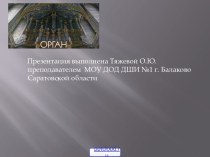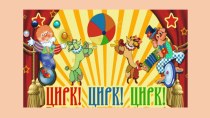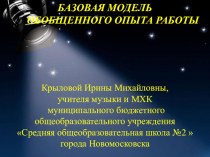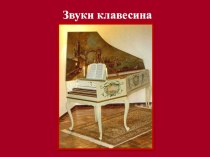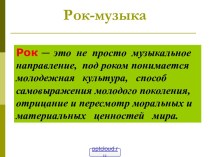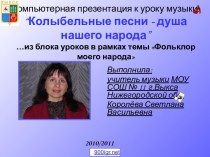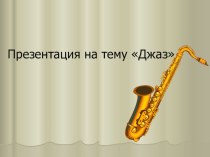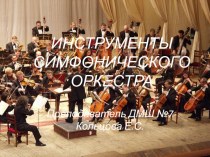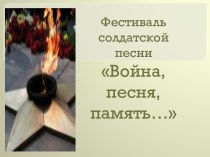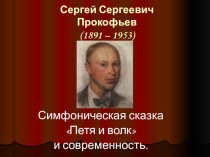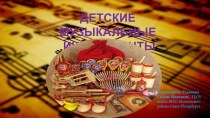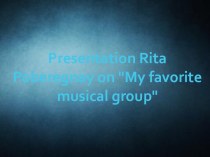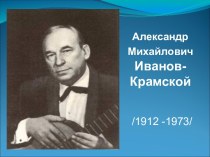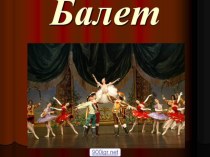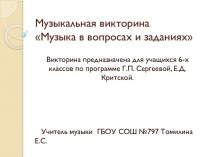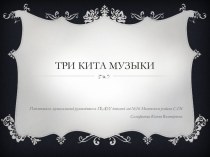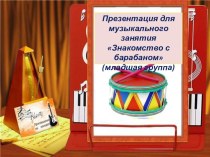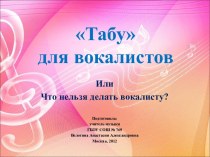- Главная
- Разное
- Бизнес и предпринимательство
- Образование
- Развлечения
- Государство
- Спорт
- Графика
- Культурология
- Еда и кулинария
- Лингвистика
- Религиоведение
- Черчение
- Физкультура
- ИЗО
- Психология
- Социология
- Английский язык
- Астрономия
- Алгебра
- Биология
- География
- Геометрия
- Детские презентации
- Информатика
- История
- Литература
- Маркетинг
- Математика
- Медицина
- Менеджмент
- Музыка
- МХК
- Немецкий язык
- ОБЖ
- Обществознание
- Окружающий мир
- Педагогика
- Русский язык
- Технология
- Физика
- Философия
- Химия
- Шаблоны, картинки для презентаций
- Экология
- Экономика
- Юриспруденция
Что такое findslide.org?
FindSlide.org - это сайт презентаций, докладов, шаблонов в формате PowerPoint.
Обратная связь
Email: Нажмите что бы посмотреть
Презентация на тему Louis Armstrong
Содержание
- 2. Popularly known as “Satchmo,” a shortened version
- 3. Louis Daniel Armstrong was born on August
- 4. After Louis fired a pistol one New
- 5. In the early 1920s Armstrong played in
- 6. Lil encouraged Armstrong to leave Oliver's band
- 7. When he returned to Chicago, he played
- 8. By 1929 Armstrong was famous. He moved
- 9. Armstrong also began to sing lyrics on
- 10. After 1935 Armstrong appeared in movies, radio,
- 11. Because of ill health, in his last
- 12. Armstrong was the dominant figure of the
- 13. Скачать презентацию
- 14. Похожие презентации
Popularly known as “Satchmo,” a shortened version of “Satchel Mouth,” Louis Armstrong was one of the greatest jazz musicians of the 20th century. He was famous as both a trumpet player and a singer.
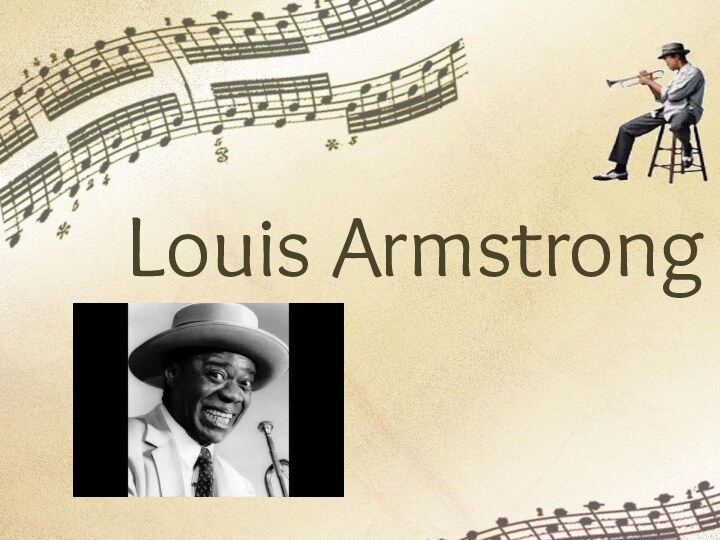
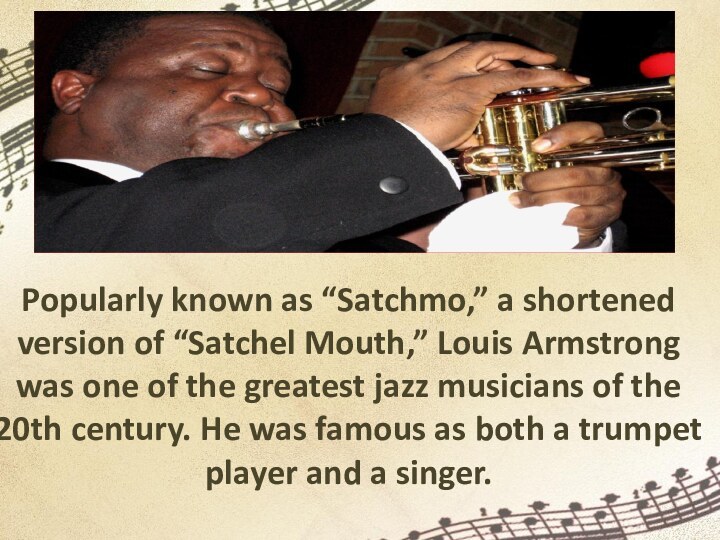



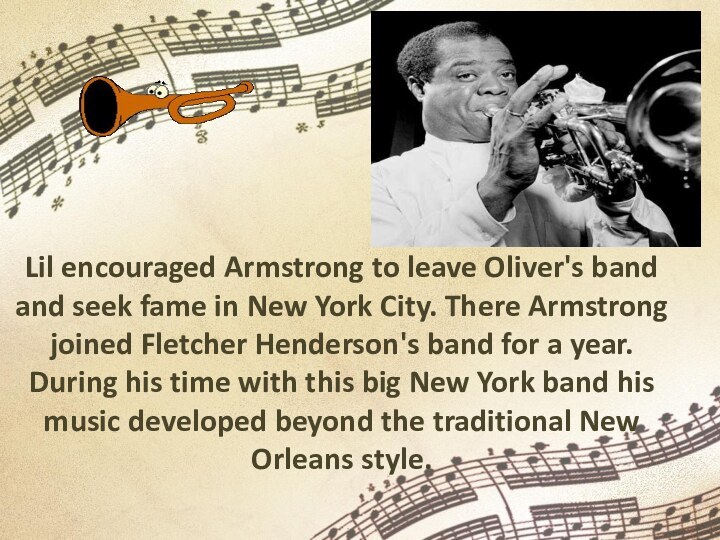






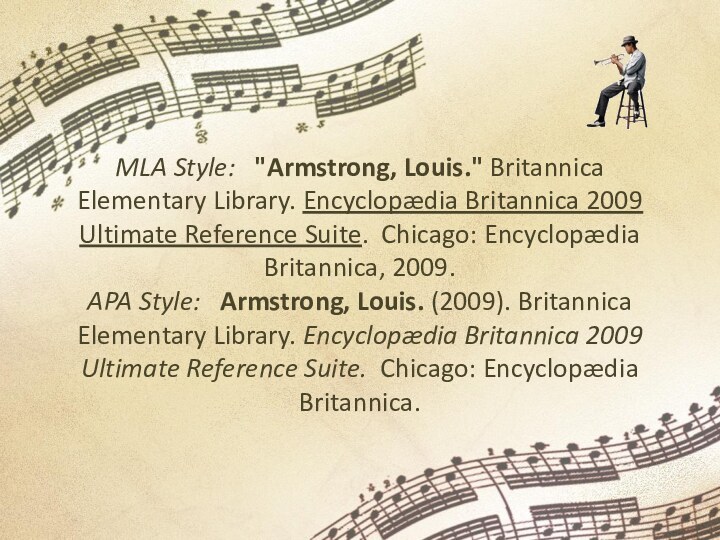
Слайд 3 Louis Daniel Armstrong was born on August 4,
1901, in New Orleans, Louisiana. As a young boy
Louis earned small amounts of money by singing and dancing with other street children in New Orleans' Storyville district. His nickname at this time was Dippermouth.Слайд 4 After Louis fired a pistol one New Year's
Eve, he was sent to the Colored Waifs' Home
for Boys in 1913. There he learned to play cornet in the school band. As a teenager Louis learned music by listening to the jazz artists of the day, including the leading New Orleans cornetist, King Oliver. Armstrong developed rapidly. While he was still a teenager he replaced Oliver in an influential band led by Kid Ory.Слайд 5 In the early 1920s Armstrong played in Mississippi
riverboat dance bands. He got his first big break
when King Oliver invited him to Chicago in 1922, to join his band as second cornet. Oliver's Creole Jazz Band featured several outstanding musicians. One of them was the pianist Lil Hardin, whom Armstrong married. He recorded his first solos as a member of the Oliver band in such pieces as "Chimes Blues" and "Tears."Слайд 6 Lil encouraged Armstrong to leave Oliver's band and
seek fame in New York City. There Armstrong joined
Fletcher Henderson's band for a year. During his time with this big New York band his music developed beyond the traditional New Orleans style.Слайд 7 When he returned to Chicago, he played in
large orchestras and created his most important early works:
the Armstrong Hot Five and Hot Seven recordings. These were done between 1925 and 1928, and they proved that Armstrong was a great solo performer. By this time Armstrong was playing the trumpet, and his technique was superior to that of all his competitorsСлайд 8 By 1929 Armstrong was famous. He moved from
Chicago to New York City and performed in the
theater review Hot Chocolates. He toured America and Europe as a trumpet soloist accompanied by big bands. At this time Armstrong moved beyond his roots in the blues, and he started performing the best popular songs of his day, by such composers as Hoagy Carmichael, Irving Berlin, and Duke Ellington.Слайд 9 Armstrong also began to sing lyrics on most
of his recordings in a low, rough voice that
was very distinctive. He became one of the inventors of scat singing, or singing with nonsense syllables.
Слайд 10 After 1935 Armstrong appeared in movies, radio, and
on television and was often featured as a good-humored
entertainer. In 1940 he formed the Louis Armstrong's All-Stars, a Dixieland band composed of six players. For most of the rest of his life, he toured the world with this group and enjoyed his greatest popularity. He produced such hit recordings as "Mack the Knife" and "Hello, Dolly!" and outstanding albums, including tributes to W.C. Handy and Fats Waller.
Слайд 11 Because of ill health, in his last years
Armstrong performed less on the trumpet but continued as
a singer. His last film appearance was in Hello, Dolly! in 1969. His autobiographies include Swing That Music (1936) and Satchmo: My Life in New Orleans (1954). Louis Armstrong died on July 6, 1971, in New York City.
Слайд 12 Armstrong was the dominant figure of the swing
era in jazz. He made his greatest impact on
jazz itself, which Armstrong raised to the level of a fine art. Most trumpeters, trombonists, and saxophonists were influenced by his style and attempted to reach his level of technical skill. His music influenced singers ranging from Billie Holiday to Bing Crosby.


